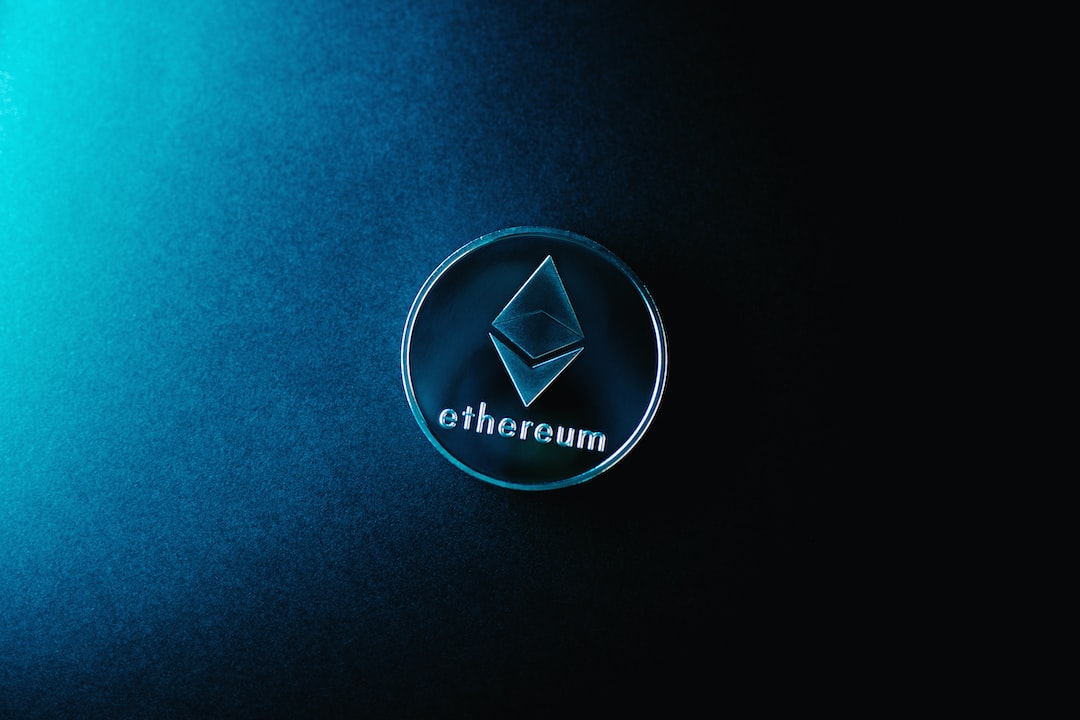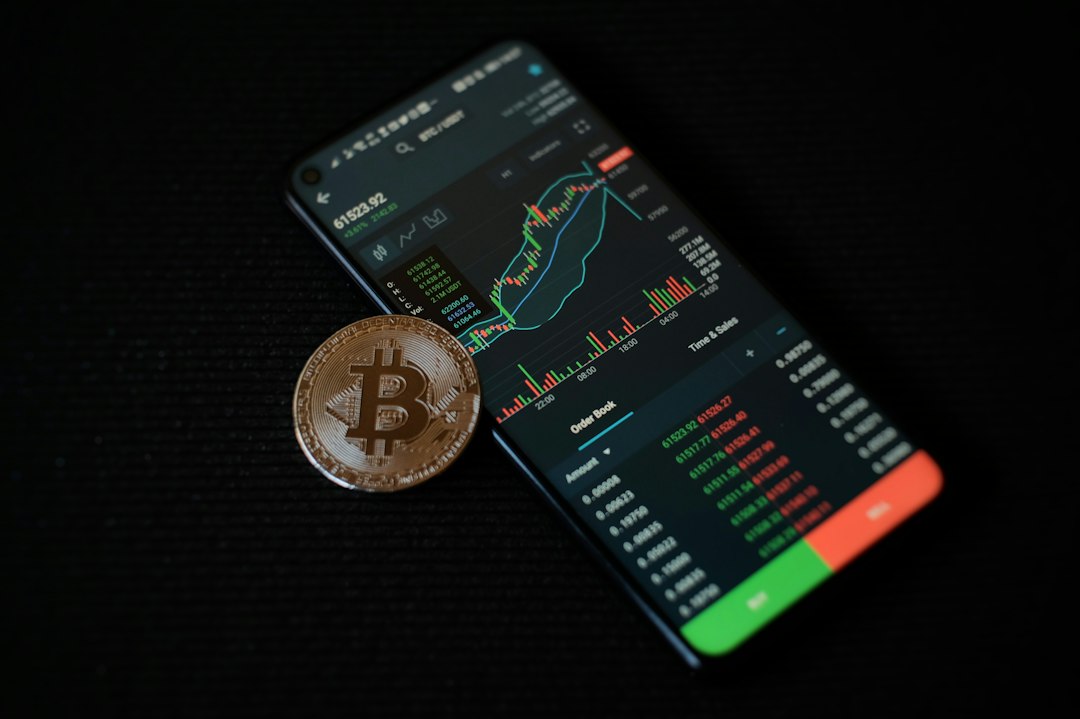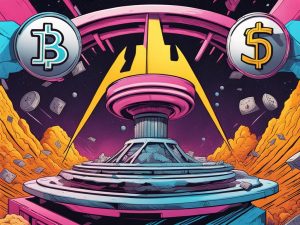Tokenization: A Tech-Forward Solution for Asset Management
Dealing with industries like finance and real estate often involves a frustrating amount of paperwork and red tape. However, the crypto industry has found a solution: tokenization. By representing real-world assets as tokens on a blockchain, parties can easily trade, transfer, and manage assets. The percentage of tokens owned represents the individual’s stake in the underlying asset.
Choose the Right Assets to Tokenize
It is crucial to choose the right assets to tokenize. Understanding the differences between physical assets and rights is paramount. Ventures must consider public offerings and the contractual architecture linking tokens to assets.
Continually Monitor Regulatory Updates
Companies should prioritize clear disclosures, rigorous Anti-Money Laundering measures, data security, and proactive engagement with regulators. Continually monitoring regulatory updates and seeking guidance from legal professionals specialized in tokenized assets is essential for compliance and risk reduction.
Know That Tokenized Assets May Be Classified as Securities
As companies explore asset tokenization, they must keep regulatory compliance in mind. Tokenized assets may be classified as securities by regulatory bodies like the Securities and Exchange Commission. Proper registration, disclosure, and compliance with securities laws are necessary to avoid legal consequences.
Don’t Forego Spot Asset Audits
A spot asset audit is still essential regardless of whether an asset is represented by a paper certificate or a digital token. Ensuring that the actual item is with the seller or custodian is crucial to avoid problems.
Remember “Temporal Compliance”
Tokenized asset enterprises should follow current regulations while anticipating future ones. Adaptable compliance solutions are necessary in this ever-changing regulatory landscape.
Incorporate a Flexible Design
Regulatory compliance should be incorporated from the inception of asset tokenization. A flexible design that can adapt to evolving laws and norms is crucial to avoid compliance issues.
Integrate Multiparty Computation
Multiparty computation can enhance data security and privacy while ensuring regulatory compliance. Focusing on advanced data security methods like MPC can build investor trust.
Ensure Asset Authenticity
Similar to the art world, crypto should establish provenance to ensure asset authenticity. Digital representations should meet the same standards as real-world assets to prevent fraudulent circulation.
Say “No” to Custody
Avoiding custodial solutions is important when dealing with tokenized assets. Legal issues can be solved without custody, ensuring compliance in secondary sales and primary issuances.
Ensure Smart Contracts Are Up to Date
Smart contracts for asset tokenization should include accurate and up-to-date regulatory requirements. This ensures compliance without manual oversight.
Be Diligent About White-Labeled Products
Diligence is necessary when dealing with white-labeled products in the tokenization of real-world assets. Unique obstacles require tailored solutions rather than a one-size-fits-all approach.
Know the Difference Between Security Tokens and Utility Tokens
Prioritizing regulatory compliance involves understanding the difference between security tokens and utility tokens. Ongoing monitoring and engagement with legal experts are necessary to navigate changing regulatory requirements.
Hot Take: Regulatory Compliance Is Key in Tokenizing Assets
Tokenization offers a tech-forward solution for asset management, but regulatory compliance is crucial for success. By choosing the right assets, staying updated on regulations, ensuring asset authenticity, and integrating advanced data security methods, businesses can navigate the evolving landscape of tokenized assets and maintain compliance. Embracing regulatory compliance from the start and incorporating flexible designs will prevent compliance issues down the line. With proper diligence and engagement with legal professionals, companies can harness the benefits of tokenization while reducing risks.





 By
By

 By
By
 By
By
 By
By
 By
By